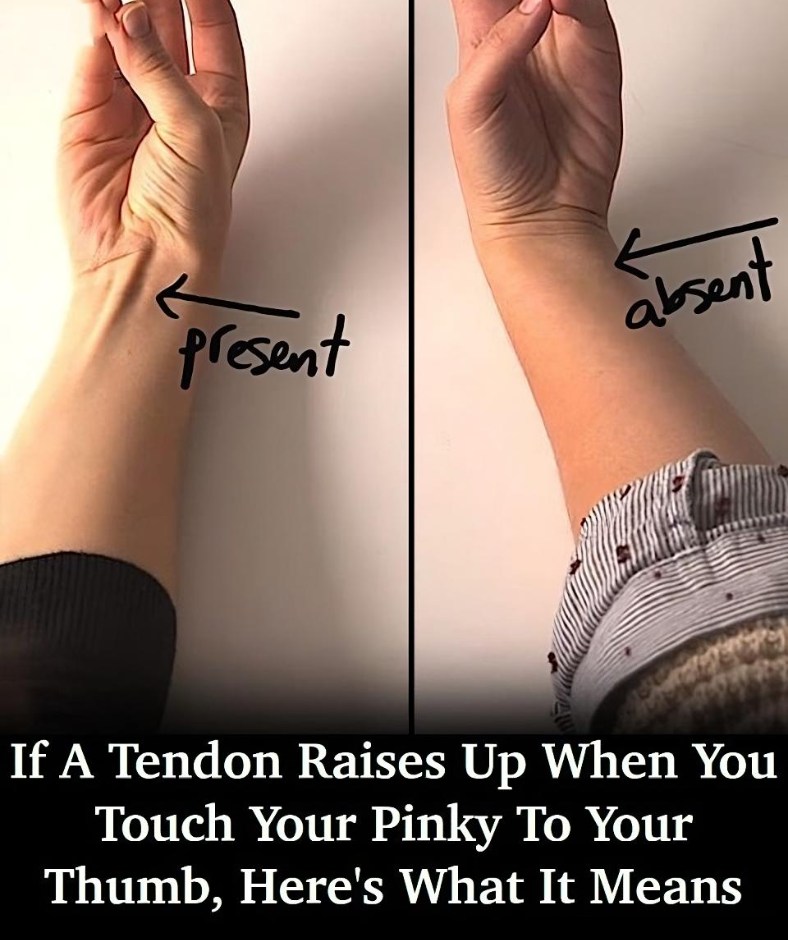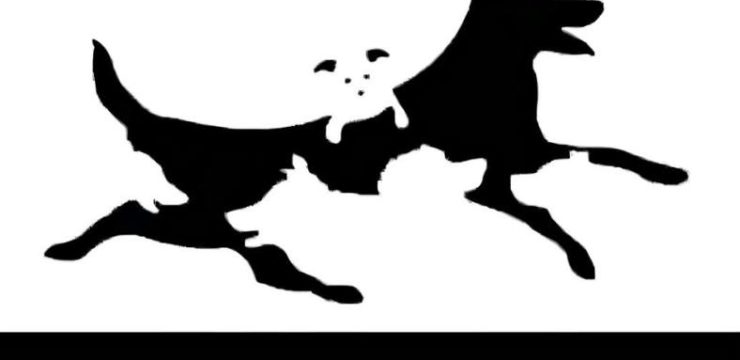Evolution is a captivating and mysterious process that has fascinated scientists and everyday folks alike for centuries. The idea that all mammals, including humans, are connected through a shared evolutionary journey is both mind-boggling and awe-inspiring. But where can we actually see proof of this shared heritage? Surprisingly, the evidence is much closer than you might expect—it’s hidden within our own bodies. There are several physical traits we possess that serve as living reminders of our ancient ancestors.

The Traces of Evolution in Our Bodies
Throughout our bodies, we have remnants from our distant past that no longer serve a practical purpose but offer a glimpse into where we came from. One of these is the curious phenomenon of goosebumps. This reaction, which causes the tiny hairs on your skin to stand up, isn’t just a random quirk—it’s a survival mechanism passed down from our mammalian ancestors.
Back when early humans and primates roamed cold environments, having hair that could stand up helped trap a layer of air close to the skin, which provided extra warmth. This reaction, called the pilomotor reflex, was a way for our ancestors to stay warmer in freezing conditions. Today, however, since most of us have lost that thick body hair, goosebumps don’t really help us retain heat. Instead, they simply serve as a leftover relic from a time when they were actually useful.
The Goosebump Reflex: A Common Link with Other Mammals
You can still see this biological response at work in other mammals. For instance, birds fluff up their feathers to create a warm layer of air during cold weather—just like our ancestors used their body hair. You may have also noticed how a startled cat’s fur will puff up. This reaction is a defense mechanism designed to make the animal appear larger and more intimidating to potential threats. In both cases, this response is a direct link to the survival instincts we share with other animals.
Discovering Evolution in Your Own Wrist
However, one of the most fascinating pieces of evidence for evolution can be found right in your arm. There’s a tendon associated with a muscle called the palmaris longus that was once crucial for our primate ancestors. This muscle played a key role in helping early primates like lemurs and monkeys swing from tree branches. But as humans evolved to live on the ground, this muscle became less necessary.
Interestingly, not everyone still has this tendon. It’s estimated that around 10-15% of the human population is born without it, which suggests that we are still in the midst of evolving. To check if you have this tendon, there’s a simple test you can do: Lay your forearm flat on a table with your palm facing up. Touch your pinky finger to your thumb and lift your hand slightly. If you see a raised band in the middle of your wrist, you still have the palmaris longus tendon.
What If You Don’t Have It?
Don’t be alarmed if you don’t see that raised band. In fact, lacking this tendon is actually a sign that you’re showing an evolutionary change! The absence of the palmaris longus is simply your body’s way of adapting to modern life, where we no longer need the strong grip that was essential for tree-dwelling primates. For those who do have this tendon, it’s a fascinating reminder of our deep evolutionary roots, while those without it are living proof that evolution is still shaping the human species.
Evolution Works Slowly but Surely
The fact that nearly 90% of people still have this tendon shows how slow the process of evolution can be. Changes don’t happen overnight—they take thousands, even millions, of years to become widespread. This is why we continue to carry physical traits from our ancestors, even though they might no longer be essential to our survival today.
Our Bodies as Living Museums
It’s truly amazing to think about how our bodies are like living museums, filled with relics of our evolutionary past. From the goosebumps that once helped our ancestors stay warm to the tendons that connected them to their tree-dwelling days, every small detail in our anatomy tells a story of adaptation and survival. These seemingly trivial features are actually powerful reminders of how our species has evolved over time.
Understanding these vestigial traits helps us appreciate the remarkable processes that have shaped humanity. These remnants are not just quirky facts of biology; they are evidence of how our species has continuously adapted to changing environments and challenges. And as we move forward, who knows what changes will occur in the next chapters of human evolution?
The Evolutionary Journey Continues
What’s perhaps most exciting is the idea that evolution is not over. The absence of certain features, like the palmaris longus tendon, suggests that humans are still evolving, adapting to new lifestyles and environments. In the future, there may be other traits that become obsolete as technology and modern life continue to shape us.
So, the next time you feel goosebumps or notice that tendon in your wrist, take a moment to reflect on the incredible journey your ancestors have taken. These small, seemingly insignificant details are actually pieces of a much larger story—a story of survival, adaptation, and the ongoing process of evolution. They are a testament to the resilience and adaptability of life on Earth, reminding us of our shared past and hinting at what might come next for our species.
In the grand tapestry of human history, our bodies carry the threads of our evolutionary journey. Whether it’s a raised tendon or a shiver that runs down your spine, these subtle signals are powerful reminders of the remarkable story that has led us to where we are today.




